Navigation
Use this menu to navigate to other parts within this module.
DI Differentiated Instruction Chapter
Welcome
Welcome to our professional development chapter on Differentiated Instruction or DI. After completing this chapter, you will be able to:
- Define what Differentiated Instruction is
- Explain the rationale for Differentiated Instruction?
- Apply the principles of Differentiated Instruction to different content areas of instruction across grade levels
Before we begin, download the DI Self-Assessment Tool (PDF or Word Document). If you have already completed the MTSS and UDL chapters, you will notice that this Self-Assessment tool is a little different. It will open in another window but you will need to save this to your computer FIRST in order to save your answers.




